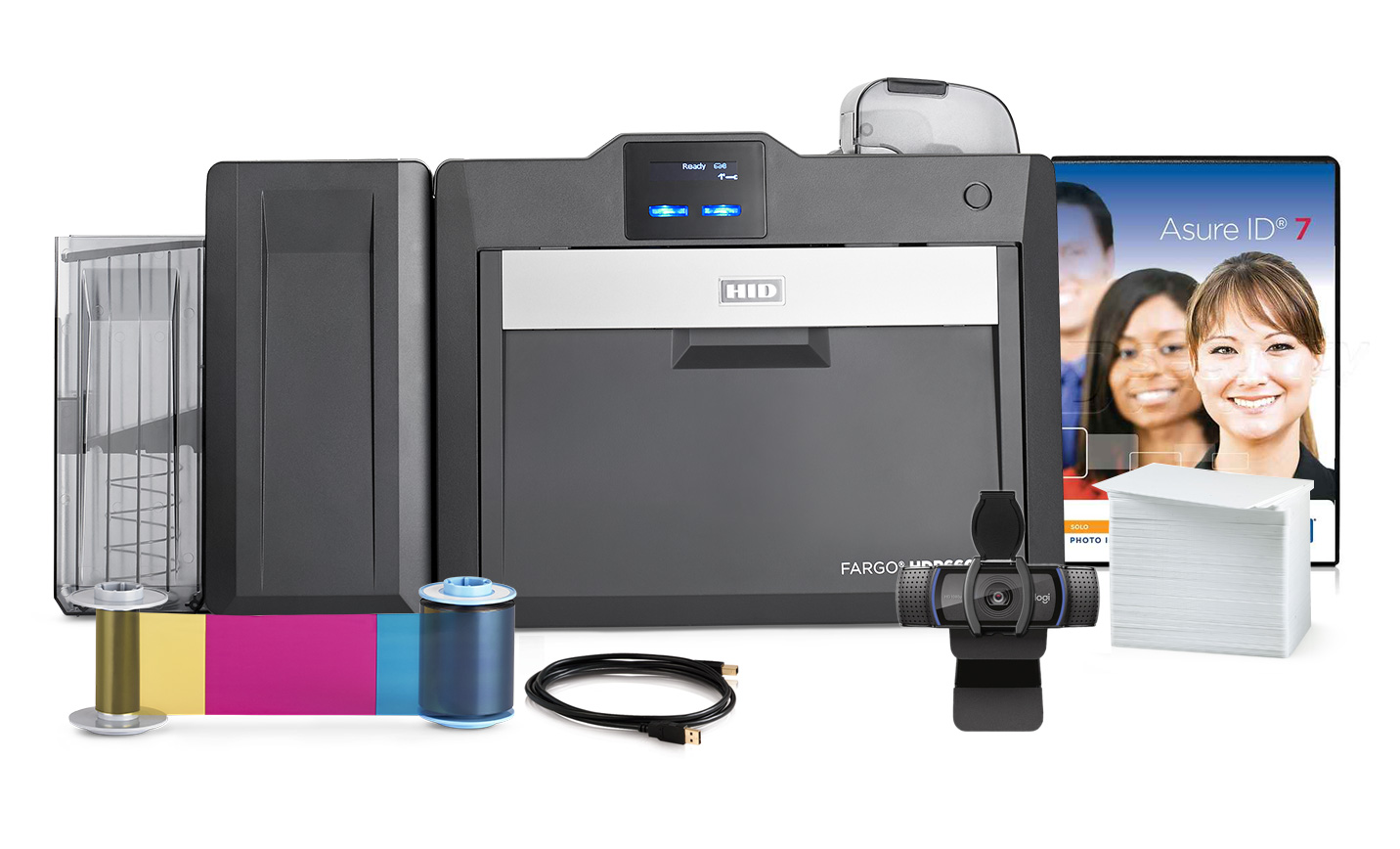
Last year forced organizations to adopt new ways of working while exposing vulnerabilities many were not prepared to address. In addition, the need to monitor and track employees and visitors became paramount for essential businesses still operating in physical locations in order to mitigate the spread of COVID-19.
Now in 2021, while organizations slowly return to office buildings, facilities and campuses nationwide, the way we work will never be the same. We are adapting to a new normal in how we protect our people, places, and data. And for those who wish to continue with “business as normal,” some may be rudely awakened to greater security challenges and vulnerabilities.
Even if aspects of these solutions have been addressed in the past, earlier technology may not provide sufficient protection as the environment has rapidly transformed.
The following three security solutions are paramount in preparation for the new normal, defined largely by the hybridization of work-from-home environments, interconnected yet vulnerable multi-edge environments, and the requirement to track and store highly sensitive employee health data.
Visitor (People) Management
Registering onsite visitors’ COVID-19 vaccine passport or tracking who they have come into contact with is a complex process. Today, secure visitor management demands precision, efficiency, and privacy in a frictionless experience, especially for large organizations.
Capturing sensitive data with a clipboard or an excel spreadsheet is no longer safe or efficient. Storing forms or records on a standard computer hard drive leaves private information vulnerable. The room for human error with sensitive, vital data is too great a risk.
The solution is a secure visitor management system. While visitor management was relevant before the pandemic it is even more important today as organizations reopen physical locations. Security teams need to have visibility on who they are allowing into their facility and who they are coming into contact with. Safely and efficiently registering visitors keeps the workforce safe for both security and health concerns.
Set up a discovery call with our team to understand how secure visitor management can secure your organization today.
Transition from Prox to Secure Credentials
In the wrong hands, proximity ID cards are a major liability. It’s easier than ever before to clone low-frequency legacy prox cards, physical access control’s current weakest link for security.
Over the past decade, proximity cards have become increasingly vulnerable to unauthorized duplication. There are now mainstream, convenient ways for anyone to clone keys, fobs, and even a “secure” office key card. In addition, cheap cloning devices can be purchased on Amazon for under $50. In seconds, any low-frequency 125 kHz RFID fob or key card can be cloned.
Due to developments in contactless smart card technology, there are more robust ways to secure your facility with a keycard access control system. This contactless smart card solution employs advanced encryption technology, making duplication virtually impossible.
For organizations with stringent security requirements, start your migration to a smart card solution today. Read these common myths about migrating away from prox technology to learn how we can help you meet security requirements, today and for the future.
Multi-Factor Authentication
In 2020, organizations implemented short-term, improvised solutions to comply with lockdowns. These solutions are not smart, interconnected or robust enough for the remote work environments which are here to stay. A password or simple tap of a credential is not enough.
Implementing additional factors of authentication for access for both physical and digital security is a far more secure solution for a hybridized workforce.
Multi Factor Authentication (MFA) solutions provide more robust authentication services to users. While traditional 2FA solutions are stuck on “what you have/what you know”, more advanced MFA leverages an array of easily deployable authentication methods so users can quickly and easily gain access to their network resources in a more protected way.
Balancing security and usability, these solutions employ a wide array of authentication factors. This includes one-time passwords, mobile-based push, smartcards, USB keys, risk- and context-based methods, and biometrics, such as fingerprint, face, and behavioral keystroke.
Request a consultation to learn how we can help you meet security requirements, today and in the future.
About ADVANTIDGE: We foster relationships recognizing that no two clients have exactly the same security needs. Our value is created through dialogue and 20 years of combined experience in identity management solutions.
Contact us today to feel confident in how you handle identity management, visitor management, and access control at your organization.


